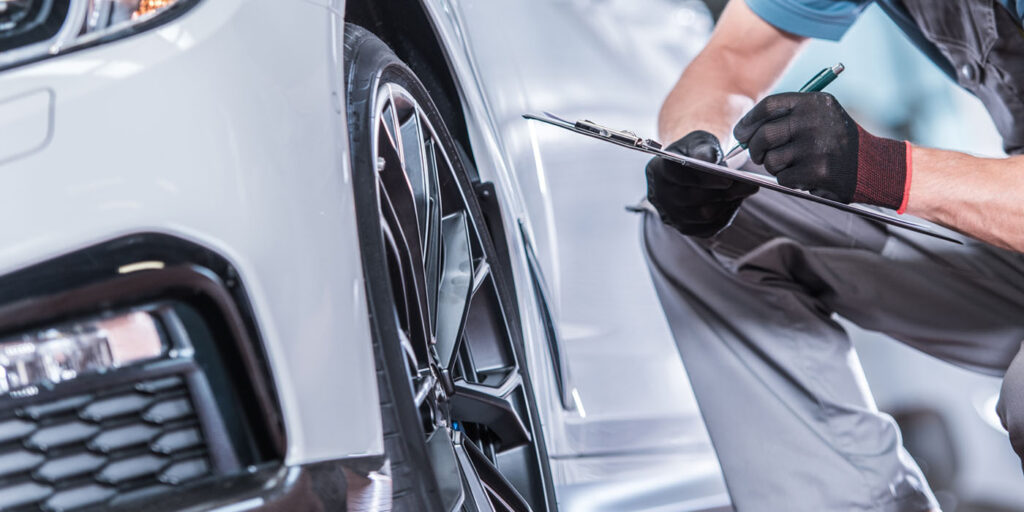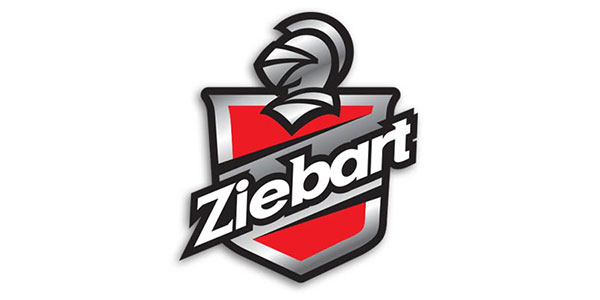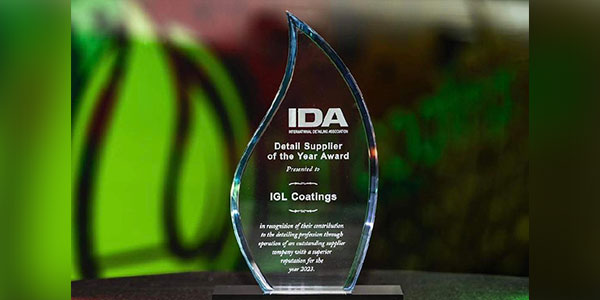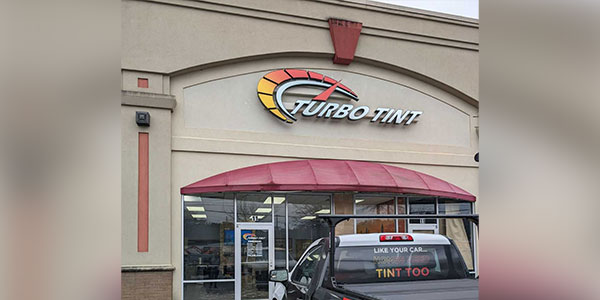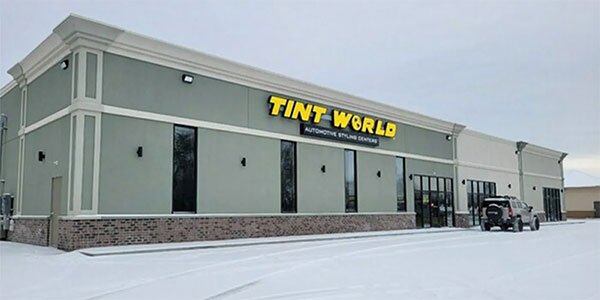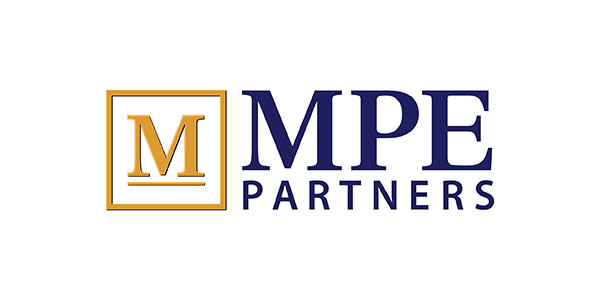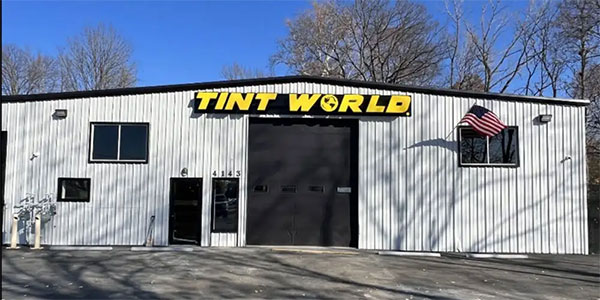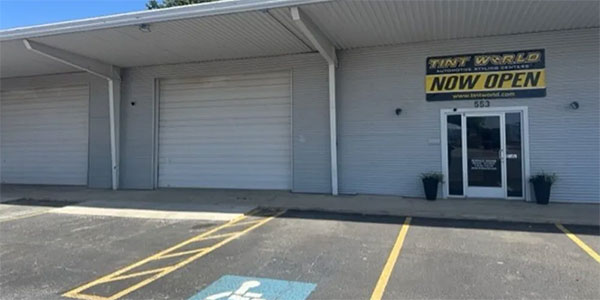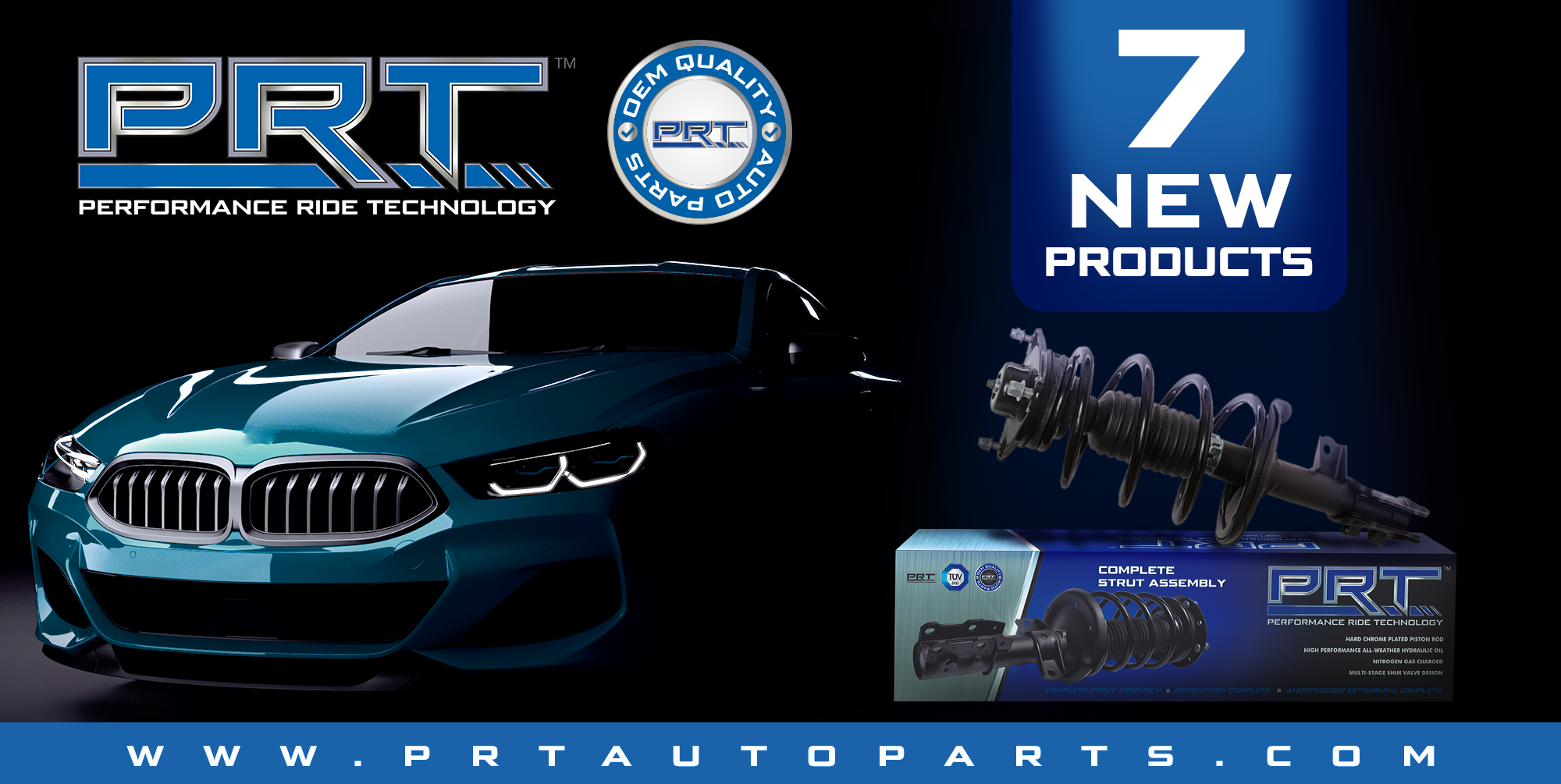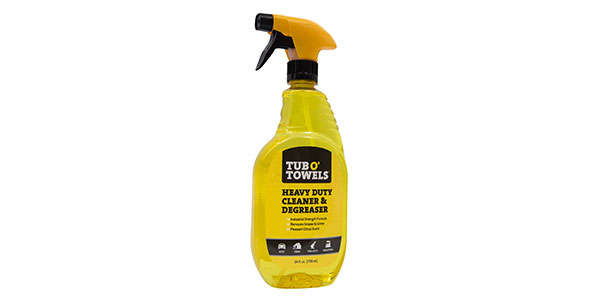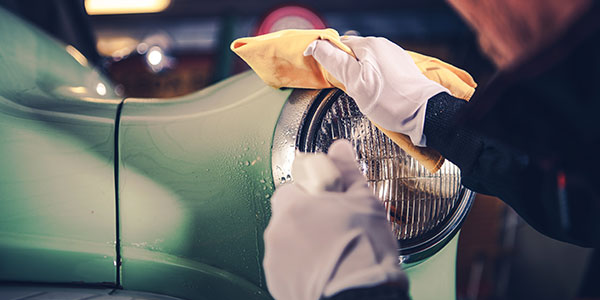A few years ago, I chaired an International Carwash Association seminar that was titled, “Marketing, Merchandising, Advertising and Selling Detail Services.” One of the panelists was Randy Wingert, then a division marketing manager with Turtle Wax. He had an extensive background in auto detailing and did an excellent job of establishing a highly efficient detail pricing and sales program at the company’s retail carwash and detail locations.
Borrowing from his presentation, you will get a great perspective on selling detail services, whether at a carwash, a shop or via the phone.
Selling without a need
As most salespeople will tell you, it is nearly impossible to sell something to someone who doesn’t have or perceive a need. And you, as a consumer, know that you won’t buy anything without a need.
This must not be overlooked in establishing a detailing pricing and sales program.
When customers visit your shop or call about your services, they are exhibiting a need for said detailing services. They may not know exactly what it is that you do or what the services may cost, but generally they have an idea of what they want (need), such as a wax, a carpet shampoo, etc.
Compare this to a typical carwash customer and his or her immediate needs.
They are not exhibiting a need to buy coffee or greeting cards. Not necessarily expressing a need for polish wax, wheel brightener, leather/vinyl protectants, hand waxes or carpet shampoos. Most simply, they are there for a carwash.
This is not to say that you can’t get customers to purchase other services — far from it. But, to be a smart marketer, you have to know your customer. If you do, attempts to sell services above and beyond a simple carwash — or whatever detail service the customer thinks he or she wants — will be more successful.
Creating the need
To sell any service, you have to create a need. But, at a carwash on a busy day at the vacuums, your service writer doesn’t have a lot of time to create that need. Often, when doing so, he or she will disrupt the flow of cars on the wash line, and your customers — who want out of their cars — may feel harassed.
Many carwash operators actually tell their employees to stop pushing extra services during certain peak times on high volume days.
At a recent detailing training session at a full service carwash in Texas, I watched the service writers at the vacuums trying to sell carwash packages and detailing services at the same time.
From a carwash point of view, it seemed disastrous. Rather than promptly servicing customers as they drove up, the distracted writers ran down the various detail packages, keeping customers in their cars far too long and interfering with the carwash flow.
From a detail point of view, they were losing valuable revenues for two reasons:
- The customer may only want nothing more than a carwash and is in a hurry.
- Even if the customer politely listens, there still isn’t enough time to properly evaluate the vehicle and sell to its specific detail needs.
Action plan
As Wingert pointed out, you need to have a well-thought-out “action plan.”
The first question to ask yourself is, “What do I want to sell?” If you don’t know, you have two choices:
- Hire a consultant or make a list of all the services you could offer with a full service detail department versus with an express detailing operation. Then, compile another list of what it will take in personnel, equipment, space, money, management and time to offer either program. While this should answer the question of what you want to do, it doesn’t answer the big question: “What does the customer want?”
- Put together a questionnaire to give to carwash customers, asking if they would purchase detailing services. Don’t ask questions concerning price, because if consumers are unfamiliar with detailing and don’t perceive the need, how can they judge the value of the service? And, in most cases, when confronted with the chance, customers will generally list a lower price than they would be willing to pay.
Building a sales team
It doesn’t matter if you offer express detailing done off to the side or under a canopy or you have a full service detailing team in a nice building. The sales team at your carwash must be the same if you’re going to maximize business.
A sales team for detailing services should be made up of anyone who comes in contact with the customer, namely: the service writer/greeter, cashier, checker/final inspector, carwash manager and assistant(s), detail shop manager and anyone who answers the phone.
Not all of these people will be involved in the direct sale of detailing services. But, if they come in contact with customers, they should have sufficient knowledge about what the detailing department can do and the services offered.
Evaluation, inspections and pricing should only be done by the detail shop manager or assistant.
With the members of the team identified, you can then assign roles to each person or position and instruct them on what they are to say and do if the customer asks about detailing or a particular service.
The perfect detail pricing and sales program for the carwash
In all my years in the carwash and detail businesses, the detail sales program I suggest here is one of the best I’ve come across. Much has been borrowed from successful operators I have known, and for their experience and knowledge, l am indebted and grateful.
In our perfect sales program, the service writer does not try to sell detailing services. Why? Because at that point, the customer has “carwash” on the mind, and the service writer should be trying to sell a carwash package.
Actually, the cashier should be first to mention your detailing services to the customer. How? After collecting on the sale and giving over a receipt, the cashier hands out a small brochure on your detail services, asking: “Did you know about the polishing, waxing and interior shampooing services offered in our detail center?”
If the customer displays a genuine interest, the cashier could call the detail manager over to speak with the customer further, or if your layout permits, direct the customer to an area where he or she can view the detail department and performance firsthand.
To build upon this initial exposure, have a detailing video playing in the waiting room as well as some signage that expands on the information in your brochure.
Your staff’s knowledge of your detailing services is most valuable. The customer may seriously consider purchasing your detail services, and an informed answer from your staff could mean the difference in closing the sale.
But, the key player on your sales team is the final inspector/quality checker. Before the carwash customer retrieves his or her car, your final inspector should have done an evaluation of the vehicle using a detail evaluation form that points out certain problems with the paint and interior that could be corrected in your detailing department.
As customers collect their vehicles, the inspector hands the evaluation forms to them along with any verbal comments that may apply. If the customers respond positively, they should be referred to the detail manager, or the manager should be called to their cars.
Remember, you are trying to create a need, not sell. It is difficult to sell where there is no need.
The sale and the sales presentation
The final detail sale can come a number of ways: that day in the carwash detail area, with the customer returning to the detail department; another time or day; or with drop-in customers who heard about or were referred to your detailing department.
No matter how the opportunity to sell detail services develops, the sales principles remain the same. Keep in mind that through all of your promotions and advertising, you have been trying to create need and expose the motoring public to detailing services. When customers acknowledge that need by showing an interest in the service or by coming to or calling the detail center, they are indicating that they are ready to buy.
Now it’s up to you to show them what their vehicles’ needs are and sell them what they are willing to purchase. Three key elements to remember when preparing a detail sales presentation:
- What services does the customer perceive he or she needs?
- What does the vehicle actuallyneed?
- Is the customer price-conscious?
Wingert had another way of looking at sales when he presented his ABC sales approach:
- Ask relevant questions about the vehicle and its care.
- Build the sales ticket based on the needs of the vehicle.
- Close the sale.
Combining my three elements with Wingert’s approach, a typical sales scenario might look like the following.
A customer asks about the cost of some detailing service. Your response should be, “Let’s look at the vehicle.”
As you inspect the vehicle, there are two important things you must do. First, reinforce the need for the service the customer thinks he or she needs. For example, indicate that the paint is scratched, water-spotted and/or oxidized. Second, ask relevant questions. These questions help the customer recognize the needs of the vehicle and look at it as you, a detail expert, do.
Such questions can include:
- Are you going to keep the car or sell it?
- Has it ever been detailed? How long ago?
- When was the last time it was waxed?
- Do you garage it?
- How often is it washed? Does the customer sometimes wash it at home, and what does he or she use? (Most use dishwashing detergent, which contains a degreaser that removes wax/sealant.)
- Did the carpet or upholstery ever have a fabric protectant treatment?
There may be a number of others you can ask, but you can see how questions of this type reinforce the already-perceived need, create new needs and give the customer confidence in the salesperson.
How to identify customer types
No matter what the vehicle requires, if you don’t establish need as well as the value of the work you do and what you charge, the price-conscious customer will be hard to sell. Often, this customer buys just one service when the vehicle requires several others.
Price-conscious customers are obvious. They always ask what the price is first. How strongly they ask determines just how price-conscious they are.
For example, a customer expresses a need for a wax job. Go to the vehicle, ask the relevant questions about the exterior, then open the driver’s door and ask if he or she would like the interior done.
Generally, the answers will be:
- Yes
- No
- How much?
- Yes, but how much?
If the customer says “yes,” proceed to the engine and trunk to determine additional needs. If “no,” don’t go any further, and finalize the exterior detail sale.
If the customer asks about price, indicate that it would be part of a package and that you’d like to see the engine and trunk to determine the full needs of the vehicle.
For the customer that replies, “Yes, but how much?,”continue toward the engine and trunk. Often, the customer will resist the upsell, so you must determine then what he or she will actually purchase.
Other closing techniques
Adding value rather than simply discounting is critical to higher per-car revenues.
For example, if you are trying to sell an exterior/interior package and you sense the customer is hesitating, you might include a fabric protectant or engine cleaning at no extra charge.
Many times after the price had been quoted, a client would ask us if we could touch up a few chips. Before we offered the paint touch-up system, we agreed to do it at no charge as long as the customer supplied the paint.
There are numerous other closing techniques you can use to add value and finalize the sale. But, you can see that selling detailing services is a time-consuming process of showing need, adding value and closing the sale. In some instances, it can take as much as 10 to 15 minutes to finalize, but this is how you close a $150 to $200 sale.
It’s been my experience that you just can’t do this kind of selling at the carwash entrance by the vacuums. That is why detailing should be handled separately from the carwash service.
Express detailing services
Early on, I was accused of being a detail purist and against express detailing. This is absolutely not true.
In my opinion, to the consumer, detailing is detailing. Whether we call it full service or express, the consumer still sees it as detailing and generally is not informed enough or doesn’t care enough to differentiate between the two.
Whether you charge $29.95 or $129.95 for a wax or $39.95 or $69.95 for a carpet shampoo, the customer still expects quality and value. You can’t fudge on quality for the customer paying $29.95 than you would for a customer paying $229.95.
Price is only an issue if you have not convinced the customer that your service is worth what you charge. Therefore, the principles remain the same for selling express detailing: You must show need and add value.
Summary
Many operators sell express detailing services as a part of their carwash sales, but remember what I’ve said about not confusing the customer by trying to sell carwash packages and detailing services at the same time. Would you try to sell oil changes at the vacuum islands?
Whichever program you offer, do not lose sight of the fact that your services must be sold based on need and value. The better you are at demonstrating need and value, the more money you are likely to make with detailing services at your carwash.
RL “Bud” Abraham has been in the carwash and detailing industries since 1969 and is considered one of the foremost experts in the field. He worked for several carwash manufacturers and started his own company, DETAIL PLUS, in 1986. He was the founder and first executive secretary of the International Detailing Association. Today, he offers consulting services on carwashing and/or detailing to operators and manufacturers. Contact Bud at [email protected].
Be sure to check out our follow up interview with the author of this article, Bud Abraham, in the below Unscripted video interview.

